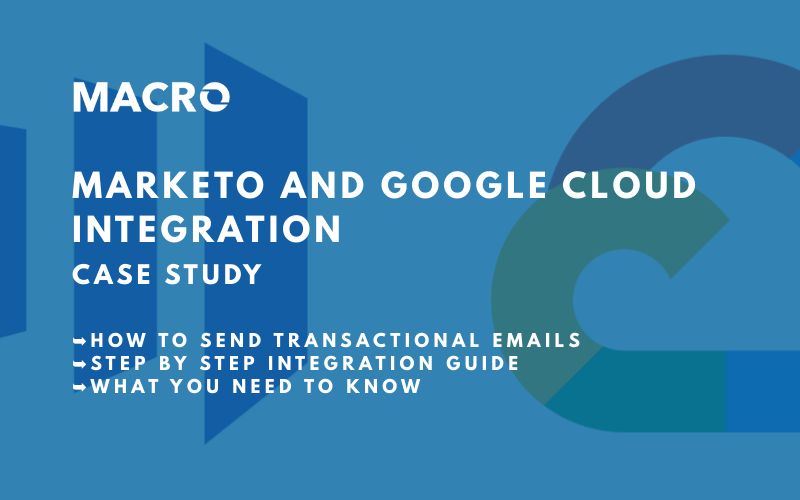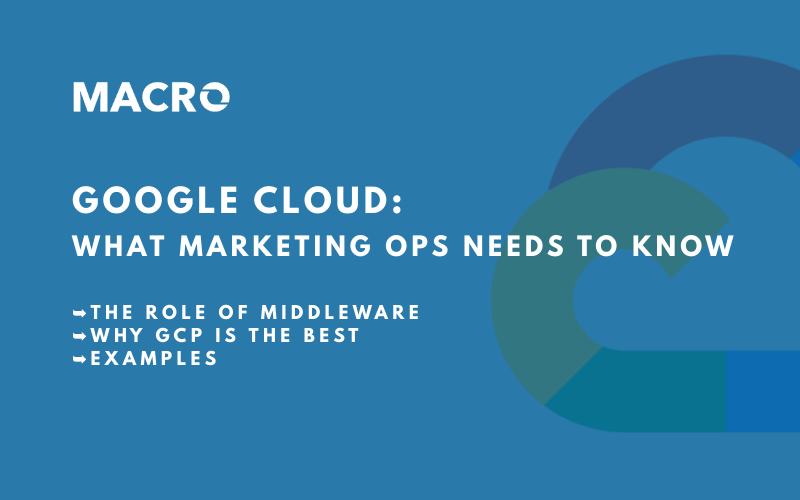
How do you put together a top-notch marketing operations team? Forming the right marketing operations team with the right combination of skillsets is absolutely critical for organizations practicing modern data-driven marketing today. However, it’s harder than it seems to put such a mixed skillset together. You cannot afford to simply throw disparate digital marketing specialists together; it’s an exercise which requires planning, understanding of your marketing technology (MarTech) stack and clear communications with other internal departments.
View the How Marketo Structures Marketing Operations webinar.
In order for any marketing operations team to be successful, there must be adoption at the top of the organization – it starts with the Chief Marketing Officer. The CMO must not only understand modern MarTech capabilities, but be avid about leveraging these tools to enable the whole sales and marketing organization.
The CMOs who run successful marketing operations gain a seat at the revenue table. Without this executive support, no marketing operations team will be successful (there is simply too much of a disconnect between marketing and C-level operations).
The last few years have seen ever-faster evolution in terms of MarTech. The solutions available to marketing teams are expanding rapidly, with more options available today than ever before. Take a look at Scott Brinker’s annual MarTech landscape review (2016). Knowledge of the myriad of market vendors and industry development is crucial for the marketing operations department.
However, not all marketing technology options play well together, nor do they all make ideal pairings. It’s essential that your MarTech stack and platforms are combined in the right way to foster better strategy implementation. The marketing operations team should be aware of features, available integrations and limitations of these tools.
You won’t be able to use all the MarTech at once. It’s unrealistic to do everything from the beginning, as it requires a vast amount of resources and time so creating a marketing technology roadmap showing how you can reach the next phase in marketing maturity is a good practice.
Technology can only be of value if your team knows how to use it correctly. As your marketing operations team has to use new tools, it becomes more crucial that they are provided with ongoing training and education. This education is available from both consulting partners and software vendors.
That knowledge is not inborn, and given the increasing speed of MarTech evolution, even seasoned professionals can struggle to keep up. Of course, training does require time, and this must be planned for during team creation, as well as on an ongoing basis.
No team can work as a cohesive whole if there is not a clearly defined structure in place. This applies to several aspects. For instance, each team member should have clearly defined responsibilities that tie into their role on the team, as well as into the wider marketing operations function in the company.
It’s also important that you determine who owns various processes and technologies from your MarTech stack. Who is responsible for marketing automation customizations and updates? Who is allowed access to mission-critical technology? How does the marketing team interact and dovetail with other stakeholders within your business, such as the sales department or the IT team? Are they on level footing with these other stakeholders, or does sales take precedence?
Additionally, you will need to determine the role of each vendor and consultant, as well. Which work can you do internally and which work requires a consulting partner? Ideally, these roles and responsibilities will be laid out during team formation in order to ensure understanding and adherence from each member from the beginning.
Too often, marketing takes a back seat to sales. As marketing gets a seat at the revenue table, that is slowly changing. Both sales and marketing should be in alignment in order to ensure accurate measurement and tracking across the entire process (sales and marketing are just two parts of one process). Your organization will need to agree on the definition of what constitutes a lead (and various types of leads), as well as buying signals.
The involvement of marketing in the sales process must also be defined and agreed upon during marketing operations team creation. Both sales and marketing must be on the same page before you can move forward. Finally, ensure that marketing is not only capable of, but committed to, creating viable content to enable sales and foster buyer movement through the sales funnel.
It’s all too tempting to throw caution to the wind and fly by the seat of your pants, particularly if your marketing operations team members have been through the process multiple times. However, remember that even experienced pilots still use a checklist when flying a plane.
Your marketing operations team will need to maintain a 1-2-3, step-by-step plan for launching campaigns. This ensures that no details are overlooked or forgotten, and that no vital elements fall by the wayside. It also creates a replicable process that will form the template for all other marketing initiatives.
While replicable processes during campaign development and launch are important, it’s even more important that your marketing operations team be agile and able to adjust on the fly. As mentioned, the MarTech landscape is changing quickly, and your team must be able to roll with the punches. They will need to be able to adapt to changing customer demands, new sales processes, new sales methodologies, and anything else coming their way.
In addition, your team must be able to identify viable new MarTech developments and the benefit those technologies bring to the organization, and then deploy them seamlessly. Finally, the team must be agile enough to quickly create new content for the lead generation machine that meshes with the changes taking place, whether those changes are customer expectations and demands, new technologies or something completely different.
Building a successful marketing operations team isn’t rocket science, but it does require clear planning from the outset, as well as executive adoption, with a CMO who is committed to leveraging modern marketing technology helming the development. A commitment to ongoing training for marketing team members, and the agility necessary to adapt as the landscape changes will all put your organization in good stead.

A concierge team’s focus is working closely with your partners to run the local execution of marketing programs and campaigns. They collaborate with different partners within regions or market segments. Concierge teams may also play a role in developing the core campaign components for the vendor, depending on the depth and breadth of the vendor’s marketing arm.
Read More
One of our clients here at Macro is a major utility company in the United States. This is their story, challenges and the middleware solution Macro provided for them bringing together different data-points to send order confirmation emails.
Read More
Today, more than ever, companies need to use many digital marketing tools, and a key piece of the puzzle is getting different tech platforms to ‘talk’ to one another. We can achieve this with middleware. Google Cloud Platform is a newer player to the middleware game, but it is easily one of the most affordable, balanced and powerful tools available in 2020.
Read More